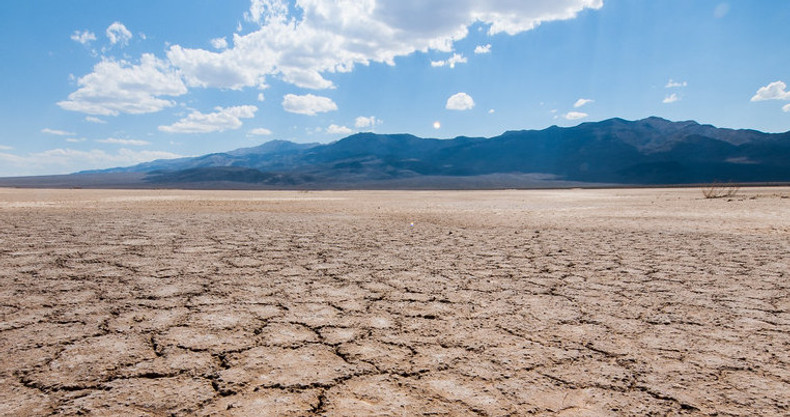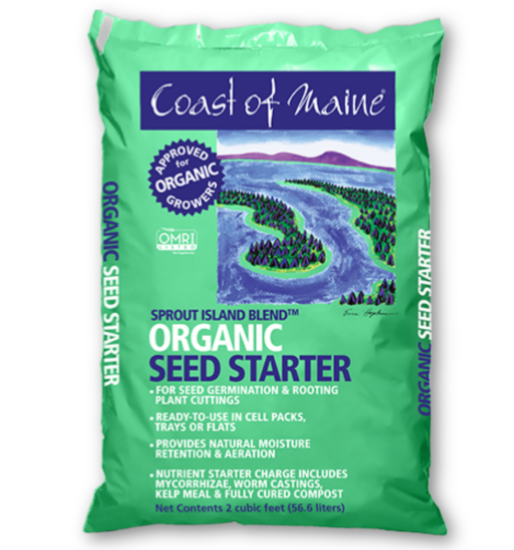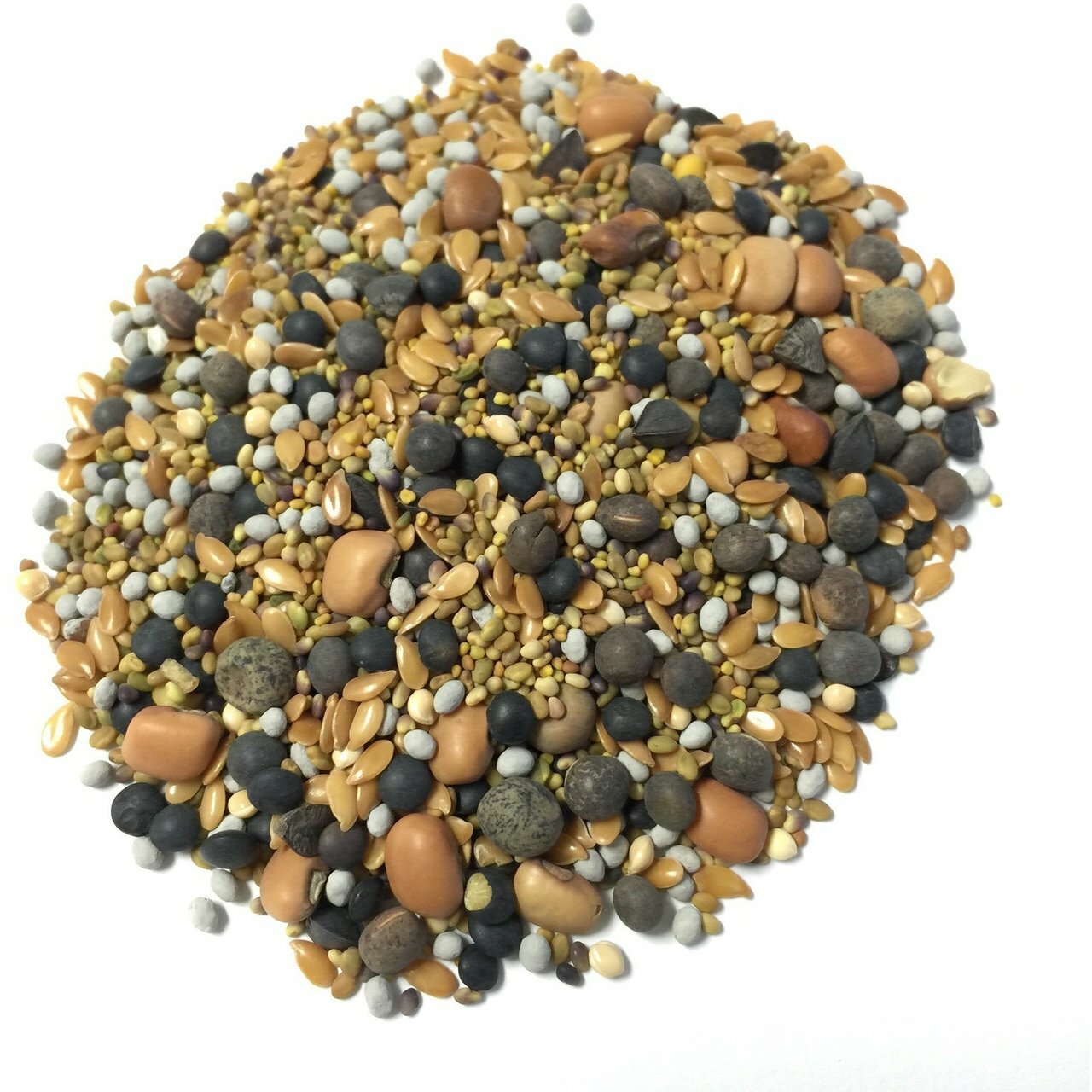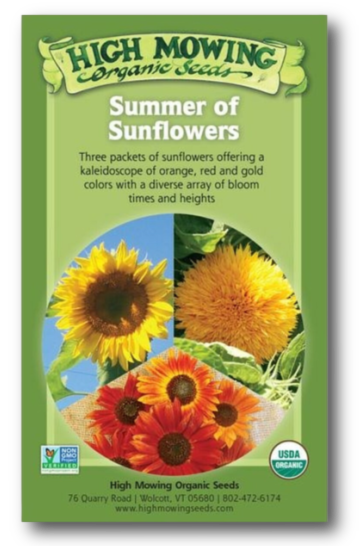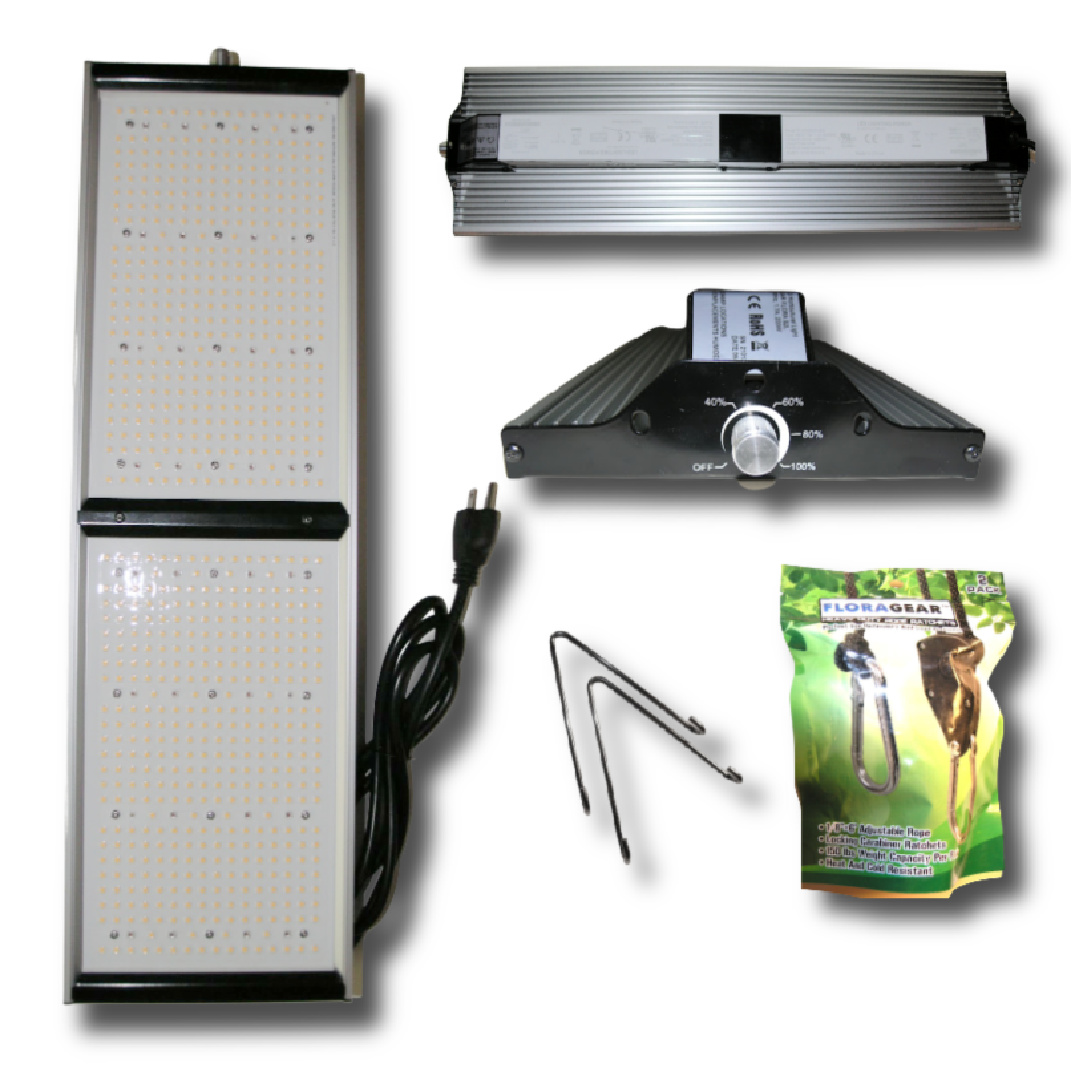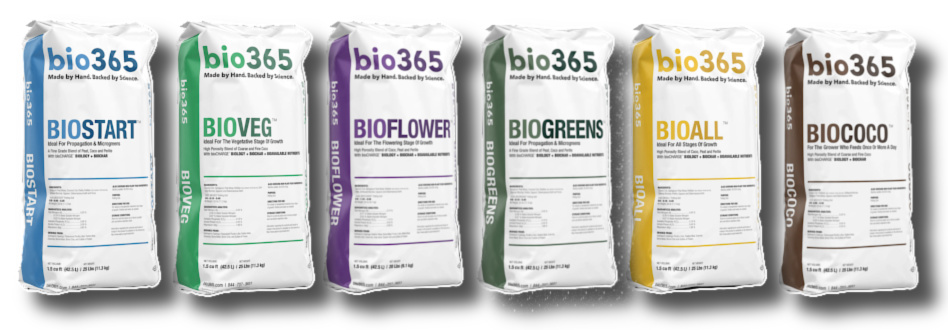Hello and welcome to the 2022 edition of the New England Hydroponics Family Project Gardening Blog! This is the third year we've been writing about outdoor gardening as both a hobby and as a means to certain ends such as feeding the honeybees, the birds, and ourselves with nourishing vegetables and spirit-lifting flowers.
One of the beauties of gardening is while there is a process to properly grow a specific plant and/or vegetable, the opportunities to grow any and all types of vegetables and flowers, in any configuration or for any purpose, are wide open. It's truly is do-at-your-own-pace fun, pure and simple. And if you let it, it can be very relaxing too.
Our first year gardening outdoors in 2020, the year of the pandemic, brought us all kinds of interesting insights and outcomes. We took what we learned from that season and applied it in 2021 with a very simple purpose; and it was indeed a far more relaxing and fulfilling experience, even if it did not fully achieve our goals and expectations.
Over this past winter, and with an eye on what might be a meaningful topic and purpose for this season's Family Project Blog at New England Hydroponics, I happened upon an international organization called Save Soil (savesoil.org). Founded by an Indian Mystic, Yogi, and visionary named Sadhguru, its mission to rebuild fertile soils throughout the world, might be considered implausible if not impossible
However as I considered how the lack of organic content in soils turn it to sand, which in turn leads to:
... it started to resonate deeply.
Building fertile soils is a chance to do our part to help ensure the continuance of nature and its life-giving goodness even if it is just a very little part. But to do nothing is not an option.
Consider this: to get the same nutrition from eating an orange in 1930, today you would have to eat 8 oranges. So not are we only losing 245 billion tons of fertile soil and thousands upon thousands of microbe strains each year, the nutritional value of our fruits and vegetables has declined at an alarming rate.
I've decided to try to do my part and no, it will not save the world or the fertile soil in of itself. But what if we all did it? It could become a movement, something we can hand down to our kids, and they to theirs.
I invite you to join me in this mission to pay it forward.
Family Project 2022: Building Fertile Soil For A Better World
As an indoor medical herb gardener, now for over 10 years, I've always taken great pains to ensure the plants I grow get the full nutrition they need. There are many ways to achieve this, from so called 'natural' fertilizers (that are actually man-made) to organic feeding practices. Of course, there are also hydroponic gardening practices that are gaining momentum and scale.
Each approach has its place. In fact, I've tried them all and each has its real benefits. For example, we now have many customers who are growing microgreens and lettuces hydroponically, which is providing farm-fresh to table veggies high in taste and nutrition year round. However, as wonderful as this might be, it does require an infrastructure and a certain level of investment likely out of reach of most of the farmers in the world.
Of course, a majority of the foods grown in the United States and throughout the world are grown by Big Agriculture whose practice is to use fertilizers and growth hormones to control and hasten the many core foodstuffs it brings to the mass market. The phenomenon of Big Agriculture’s dominance is bigger than this blog can ever address, and in fact I'm indeed grateful for its efficiency and ability to feed the country. But I find myself fearful for the well-being of peoples in parts of the world where such bounty does not exist. And I truly find myself fearful for the next generations in our country, and the nutritional value of the food they’ll eat. It's time to be part of the answer.
Gardening Like A Cook
I garden much like I cook; I pay attention to macro rules and process but generally ignore rigid dictates such as those to which bakers must adhere. It was Mother Nature herself who disabused me of the notion that it's about symmetry of a garden; and that it’s rather about out how it all works together to create a satisfying whole harvest.
In gardening, much like the design disciplines, form follows function. So for any gardener it's a matter of deciding on priorities.
And it's not just what you do, but why you're doing it that gives it meaning above and beyond the physical harvest. Because working without a purpose makes me feel like a machine.
The first year of our outdoor garden in 2020 my purpose was clear: to help customers discover the joys of gardening, especially through the trying first year of the Pandemic. I planted the requisite string beans, spinach, lettuce, cucumbers, snow peas, onions, and green peppers, doing as much of it as I could as a labor of love and exploration.
But what really made me satisfied during that first garden were my flowers: my Morning Glories and my Zinnias. Maybe it was I didn't have to harvest them that appealed mostly to my senses. I do know there were times when after a long day of my marketing tasks I just didn't love harvesting the mass quantities of snow peas, lettuces and string beans that came in droves at peak harvest times, even if that was the original goal.
Which of course is a waste and counter-productive. So as home gardeners the first step is to decide what is going to be meaningful to us to grow.
To this end we'd invite you to come into any of our five New England stores to the review the selection of 2022 High Mowing Organic seeds, veggies to flowers.
Get A Jump on The Season
One of my more lucid decisions approaching the 2021 gardening season was to get started indoors with my flowers, particularly my sunflowers, knowing they need long growing season to bear seeds to feed my birds, which was the purpose of last summer's garden.
It's easy to do. All you really need are planting trays, starter soil or plugs, and ideally a grow light designed for indoor growing. I say 'ideally' because if you don't have the southern exposure to the sun or good strong sunlight during a majority of the day, your plants will struggle to get the sunlight they need to energize the photosynthesis process. The good news is once you have a good LED grow light, you'll have the ability to grow what you want year round.
Remember too that this garden is about you; about lifting your spirits and about connecting you to a better understanding of the world around you. That's what we're here for: to provide you the support and expertise you need to succeed with your garden regardless of what you're growing and what makes you happy.
So while you're in our stores we encourage you to ask every question you have. Because the fact is there are no dumb questions when it comes to gardening, just enlightened practices.
And that, very simply, is our purpose.
Tom Lanen is a family man and principal of Thomas Marketing Services (ThomasBoston.com), and ‘marketing guy’ for New England Hydroponics 5 New England stores, and its online store. When not in his gardens contemplating Nature’s Grand Design, he’s gratefully enjoying the passing of time with his wife and adult sons, one of whom got the gardening bug last summer and already has his 2022 garden plan in hand.
The new line of organic soils from bio365


